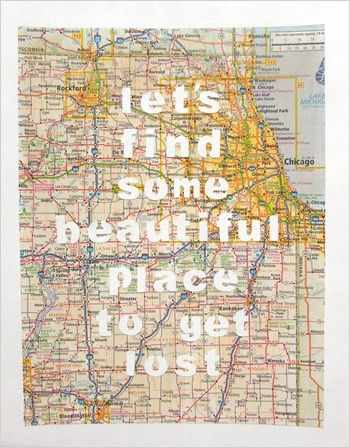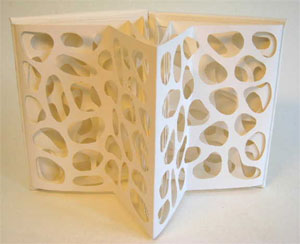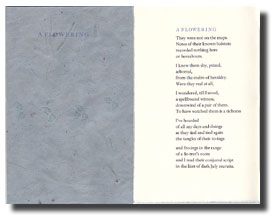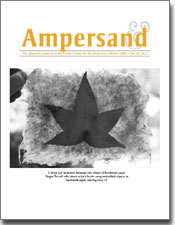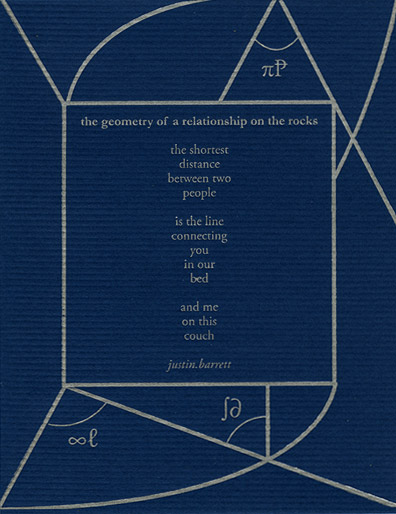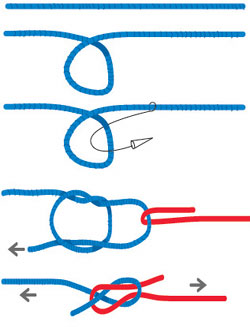 I’ve tried to teach myself to knit several times — using a kit I bought (at Target of all places), youtube videos, a book my friend Kate lent me. Nothing took, all I ended up with were cramped fingers and a pile of yarn. Then Kate gave me an in-person lesson, and now I can knit a couple of basic stitches. So when someone posted on the Books Arts list asking how to do a Weaver’s Knot (used to join 2 pieces of bookbinding thread together), I followed all the suggestions (and then some I found on my own) to see what worked best for me. Turns out that a youtube video using a very big piece of rope was the one I would return to first. Here’s some more that were useful.
I’ve tried to teach myself to knit several times — using a kit I bought (at Target of all places), youtube videos, a book my friend Kate lent me. Nothing took, all I ended up with were cramped fingers and a pile of yarn. Then Kate gave me an in-person lesson, and now I can knit a couple of basic stitches. So when someone posted on the Books Arts list asking how to do a Weaver’s Knot (used to join 2 pieces of bookbinding thread together), I followed all the suggestions (and then some I found on my own) to see what worked best for me. Turns out that a youtube video using a very big piece of rope was the one I would return to first. Here’s some more that were useful.
sheet bend is apparently the same as the weaver’s knot
Know anymore that you’ve used?

